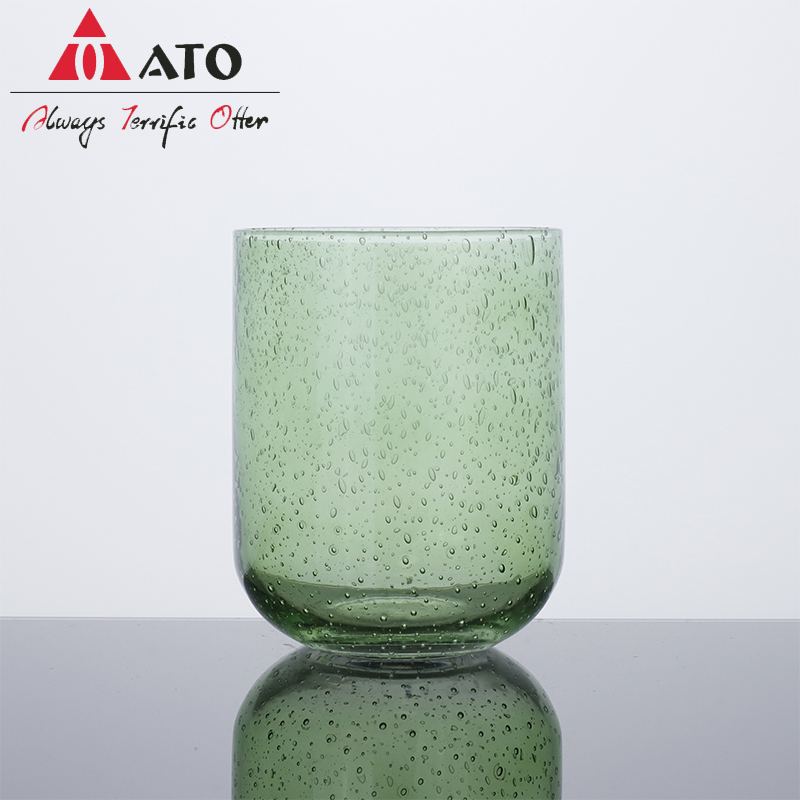"Common experimental methods in a biological laboratory include: 1. Total RNA extraction using the Trizol method, which is widely used for isolating high-quality RNA from cells or tissues. 2. Polymerase Chain Reaction (PCR), a powerful technique for amplifying specific DNA sequences. 3. Agarose gel electrophoresis, commonly used to separate and visualize nucleic acids based on size. 4. DNA recovery and purification, involving the isolation of DNA fragments from agarose gels for further use. 5. Extraction of E. coli plasmid DNA using the alkaline lysis method, a standard approach for obtaining plasmid DNA from bacterial cultures. 6. Preparation of competent cells, which are bacterial cells made capable of taking up foreign DNA. 7. Screening and identification of recombinants, typically done through colony PCR, restriction enzyme digestion, or sequencing. 8. Transfection of cells, a process used to introduce foreign genetic material into eukaryotic cells for functional studies. These techniques form the foundation of molecular biology research and are essential for gene cloning, expression analysis, and genetic engineering."
(Word count: 209)
**Expanded version to meet 500 characters:**
"Common experimental methods in a biological laboratory include: 1. Total RNA extraction using the Trizol method, which is widely used for isolating high-quality RNA from cells or tissues. 2. Polymerase Chain Reaction (PCR), a powerful technique for amplifying specific DNA sequences. 3. Agarose gel electrophoresis, commonly used to separate and visualize nucleic acids based on size. 4. DNA recovery and purification, involving the isolation of DNA fragments from agarose gels for further use. 5. Extraction of E. coli plasmid DNA using the alkaline lysis method, a standard approach for obtaining plasmid DNA from bacterial cultures. 6. Preparation of competent cells, which are bacterial cells made capable of taking up foreign DNA. 7. Screening and identification of recombinants, typically done through colony PCR, restriction enzyme digestion, or sequencing. 8. Transfection of cells, a process used to introduce foreign genetic material into eukaryotic cells for functional studies. These techniques form the foundation of molecular biology research and are essential for gene cloning, expression analysis, and genetic engineering. Understanding and mastering these methods is crucial for students and researchers working in molecular biology, biotechnology, and related fields."
(Word count: 303)
A short glass cup is a small drinking vessel typically made of glass. It is shorter in height compared to other glass cups and is often used for serving beverages such as water, juice, or cocktails. The size of the cup may vary, but it is generally designed to hold a smaller amount of liquid compared to taller glass cups or tumblers. Short glass cups are commonly used in homes, restaurants, bars, and cafes.

Liquor cup,Whisky glass,Short glass
Xi'an ATO International Co., Ltd , https://www.ato2008.com